EigenLayer Stage 1 Mainnet Launch
Overview of the Guarded Launch, Protocol Security, and Governance
EigenLayer restaking has been deployed on Ethereum mainnet at the following contract addresses:
- StrategyManager: 0x858646372CC42E1A627fcE94aa7A7033e7CF075A
- EigenPodManager: 0x91E677b07F7AF907ec9a428aafA9fc14a0d3A338
To restake on mainnet, visit the EigenLayer app at: app.eigenlayer.xyz
For this Stage 1 launch, the functionality aligns with what has been accessible on the Goerli testnet since April 6, 2023. Ethereum stakers can participate in EigenLayer by securely managing their liquid staking tokens and self-directing their funds. This can be done by utilizing the EigenLayer contracts or by creating an EigenPod and configuring the Beacon chain withdrawal credentials to their EigenPod addresses.
As outlined in the Stage 1 Testnet announcement, the mainnet launch of EigenLayer marks an important milestone in enabling restaking. EigenLayer's next phase will introduce Operators, who will be responsible for performing validation tasks for AVSs (Actively Validated Services) built on the EigenLayer protocol.
In the third phase, the protocol will facilitate the launch of multiple AVSs, leveraging the robust foundation provided by EigenLayer.
For a preview of some potential AVSs building on EigenLayer, see these public discussions: EigenDA, Espresso, Witness Chain, Omni, and Lagrange. There are several other AVSs currently in different stages of research and development. More details about these projects will be shared in the near future.
Once Restakers, Operators, and AVSs are launched on EigenLayer, the ecosystem will function as follows: Restakers have the flexibility to delegate their staked ETH to Operators or run validation services themselves, effectively becoming an Operator. The delegation process involves a double opt-in between both parties, ensuring mutual agreement. Restakers retain agency over their stake and choose which AVSs they opt-in to validate for.
Operators and AVSs operate in a symbiotic relationship, with both parties needing to opt-in to serve each other. Operators perform validation tasks for AVSs, contributing to the security and integrity of the network. AVSs, in turn, deliver innovative use cases to users within the Ethereum and wider crypto ecosystem, leveraging the power of Ethereum's shared security.
To learn more about EigenLayer, read the user guides and documentation.
Guarded Launch
In the interest of caution with regards to protocol security, EigenLayer is launching with restaking limits. These limits will be raised progressively, with the goal of reaching an open and uncapped state where any user can restake any amount of staked Ether.
At this time, the protocol supports liquid staking of Lido stETH (stETH), Rocket Pool ETH (rETH), and Coinbase Wrapped Staked ETH (cbETH). The protocol will support many more liquid staking tokens in the future, and is already working with several staking protocols on launch plans. If you would like to introduce your LST to the EigenLayer community, please do so on the forum.
In addition, the protocol facilitates native restaking, allowing users to create EigenPods and assign the withdrawal credentials of multiple validators to the addresses of their EigenPods.
The following restaking limits and conditions are in place:
- Within Liquid restaking, there is a limit of 3,200 tokens that can be deposited for each supported asset. That is, only a maximum of 3,200 stETH; 3,200 rETH; and 3,200 cbETH may be restaked.
- Within Liquid restaking, there is a deposit limit of 32 tokens per user transaction.
- The creation of additional EigenPods will be paused once native restaking hits approximately 9,600 ETH. No restrictions have been placed on the number of validators that a user may link to a givenEigenPod.
- There will be a 7-day withdrawal delay that will serve as a security measure during the early stages of the EigenLayer mainnet, to optimize for the safety of assets. This withdrawal lag, which is common in staking protocols, is required when AVSs go live, as there is a lag to verify that activity associated with any AVS was completed successfully.
Read the user guide to liquid restaking here; and the user guide to native restaking here.
Protocol Security
EigenLayer has undergone a series of third-party security analyses, each of which is listed below. Please click through the links to see each security report. All security reports are also available in the Security section of the EigenLayer documentation:
- Security Audits: ConsenSys Diligence, Sigma Prime
- Audit Contest: Code4rena
In addition, there are $2,000,000 of bug bounties available via Immunefi.
The protocol’s top priority is the safety of restaked assets, and it will take measures to reinforce security on an ongoing basis.
Decentralization
EigenLayer is committed to decentralizing the protocol and engaging its community members to empower participation within a fully trustless restaking protocol. As the protocol matures, the goal is to increasingly establish immutable parameters and rules that foster a decentralized network of participants that sustainably contribute to the protocol.
EigenLayer is establishing a pathway towards this goal in collaboration with all the stakeholders in the EigenLayer ecosystem. The pathway involves an iterative approach designed to support permissionless growth and development of restakers, operators, developers, and the Ethereum ecosystem as a whole.
This effort will require active participation from members of the community, like you. EigenLayer eagerly looks forward to your engagement in an inclusive and transparent decision-making culture that strengthens the protocol, governance model, and future projects.
Together, we are paving the way for a truly decentralized and thriving ecosystem.
Initial State
EigenLayer is designed with upgradeable smart contracts, the ability to pause functionality, and various adjustable parameters. The ability and responsibility to make decisions regarding contract upgrades, pausing functionality, and adjusting parameters initially have been delegated to three main governance multisigs.
The Operations Multisig
The Operations Multisig is a 3-of-5 and can execute routine upgrades and maintenance through a timelock that enforces a minimum 10-day delay on all safety-critical actions. It can also pause EigenLayer functionality in emergency situations.
The Pauser Multisig
The Pauser Multisig is a 1-of-9 multisig that can also pause EigenLayer functionality in emergency situations, but holds no other powers.
The Community Multisig
The Community Multisig is a 9-of-13 multisig composed of members of the Ethereum community. In normal circumstances, the signers of the Community Multisig will simply act as observers, receiving regular updates on the Operations Multisig’s transactions, including notifications of the Operations Multisig queuing new time-locked actions. In extraordinary circumstances, the Community Multisig can perform emergency actions, including immediately executing time-critical upgrades or replacing the Operations Multisig in the event of private key compromise.
The contract address for the Community Multisig is 0xFEA47018D632A77bA579846c840d5706705Dc598 and its members include:
- Tim Beiko - Ethereum Foundation
- Viktor Bunin - Credibly Neutral
- Uma Roy - Succinct
- Brian Retford - RISC Zero
- Pramod Viswanath - Witness Chain
- Swapnil Raj - Nethermind
- Dimitry Ukhanov - P2P
- Tarun Chitra - Robot Ventures
- Anna Rose - ZK Validator
- Curtis Spencer - Electric Capital
- Yuan Han Li - Blockchain Capital
- Ben Rodriguez - Coinbase Cloud
- Rob Pellecchia - Figment Capital
Finally, there is an Executor Multisig which only has the (automated) role of executing functionality passed to it by either the Operations or Community Multisig.
On a technical level, the governance architecture looks like the following:
These multisigs represent a rudimentary but working system of transparent initial governance, with appropriate checks and balances. As the protocol continues to evolve, so will its governance, and we are continuously evaluating our options for potential future governance mechanics.
Decentralized governance practices are rapidly evolving, continuously pushing boundaries and exploring innovative approaches. In addition to the above, EigenLayer anticipates the emergence of novel mechanisms that have yet to be designed and is excited to research them and facilitate implementation.
Summary
The launch of EigenLayer on Ethereum mainnet marks a significant milestone in its mission to create a robust environment for open innovation. With the support of our community, we will progressively decentralize the protocol and establish a robust network of participants. By fostering inclusion, transparency, and continuous improvement, EigenLayer aims to empower the ecosystem stakeholders and innovate on both the future of shared security, as well as the future of decentralization.
Join this exciting journey to unlock the full potential of EigenLayer, and push forward the mission to maximize open innovation in crypto.
Join the EigenLayer Community
- Check out the restaking app: app.eigenlayer.xyz
- Visit the website: eigenlayer.xyz
- Read through the documentation: docs.eigenlayer.xyz
- Meet the community in Discord: discord.gg/eigenlayer
- Contribute research ideas to the forum: forum.eigenlayer.xyz
- Follow @eigenlayer on Twitter: twitter.com/eigenlayer
- Join the EigenLabs team: https://www.eigenlayer.xyz/about#careers

